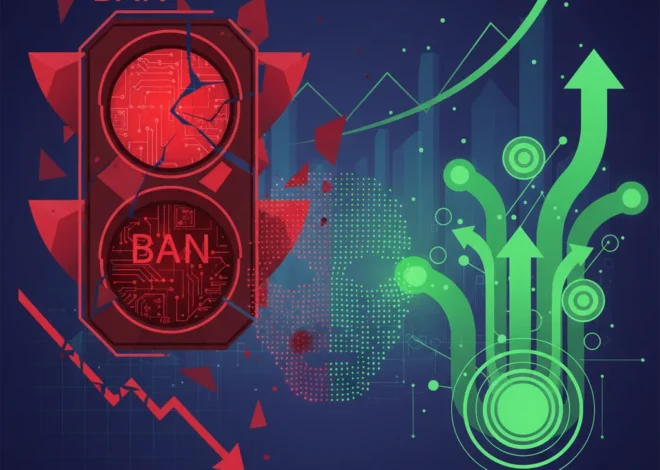Beyond the Game: Why Elon Musk’s xAI is Racing to Build AI ‘World Models’
The world of artificial intelligence is in a constant state of flux, with new battlegrounds emerging almost overnight. Just when you thought the race for Large Language Models (LLMs) was the main event, a new, arguably more profound, frontier has opened up. And now, Elon Musk’s ambitious AI startup, xAI, is officially throwing its hat in the ring. The company is reportedly hiring top talent from hardware giant Nvidia to build something called “world models”—a form of advanced AI that can understand, simulate, and navigate the physical world.
While the immediate application mentioned is video games, don’t be fooled. This isn’t just about creating more realistic NPCs or dynamic game environments. This is a foundational push towards creating AI that can interact with reality itself. It’s a move that has staggering implications for everything from robotics and automation to scientific research and the very future of software development.
In this deep dive, we’ll unpack what xAI’s latest move means, demystify the concept of world models, explore the high-stakes competitive landscape, and analyze why this technological leap could redefine entire industries.
What Exactly Are “World Models”? The Next Evolution in AI
For the past few years, the public has become familiar with generative AI in two primary forms: LLMs like ChatGPT that master language, and diffusion models like Midjourney that master static images. World models are the next logical, and far more complex, step.
At its core, a world model is an AI system that learns an internal, predictive model of how the world works. Think of it like a human baby learning physics. A baby doesn’t read textbooks on gravity; it learns by repeatedly dropping a toy, observing the outcome, and building an intuitive understanding of action and consequence. World models aim to do the same, but on a massive, digital scale.
They achieve this by ingesting vast amounts of video data and learning the underlying “rules” of the environment, including:
- Physics and Dynamics: How objects move, fall, collide, and interact.
- Object Permanence: Understanding that an object still exists even when it’s out of view.
- Causal Relationships: If I push this, that will happen.
- Agent Interaction: How an agent’s (e.g., a character’s or a robot’s) actions will affect the state of the world.
This is a monumental leap from current AI. An LLM can describe gravity, but a world model can *simulate* it. This shift from description to simulation is a cornerstone of this new wave of artificial intelligence and machine learning innovation.
The Starting Gun: xAI Enters a Race Already in Progress
Elon Musk and xAI are not entering an empty arena. The race to build functional world models is already being fiercely contested by the biggest names in tech. xAI’s strategy of poaching talent directly from Nvidia is a clear signal of intent. Nvidia isn’t just a chipmaker; its engineers have the deepest understanding of the hardware and programming frameworks (like CUDA) that are the bedrock of modern AI. This move is about acquiring foundational expertise, not just manpower.
But who are they up against? The competition is formidable. Let’s take a look at the key players and their groundbreaking projects.
| Company | Key Project(s) | Primary Focus & Significance |
|---|


